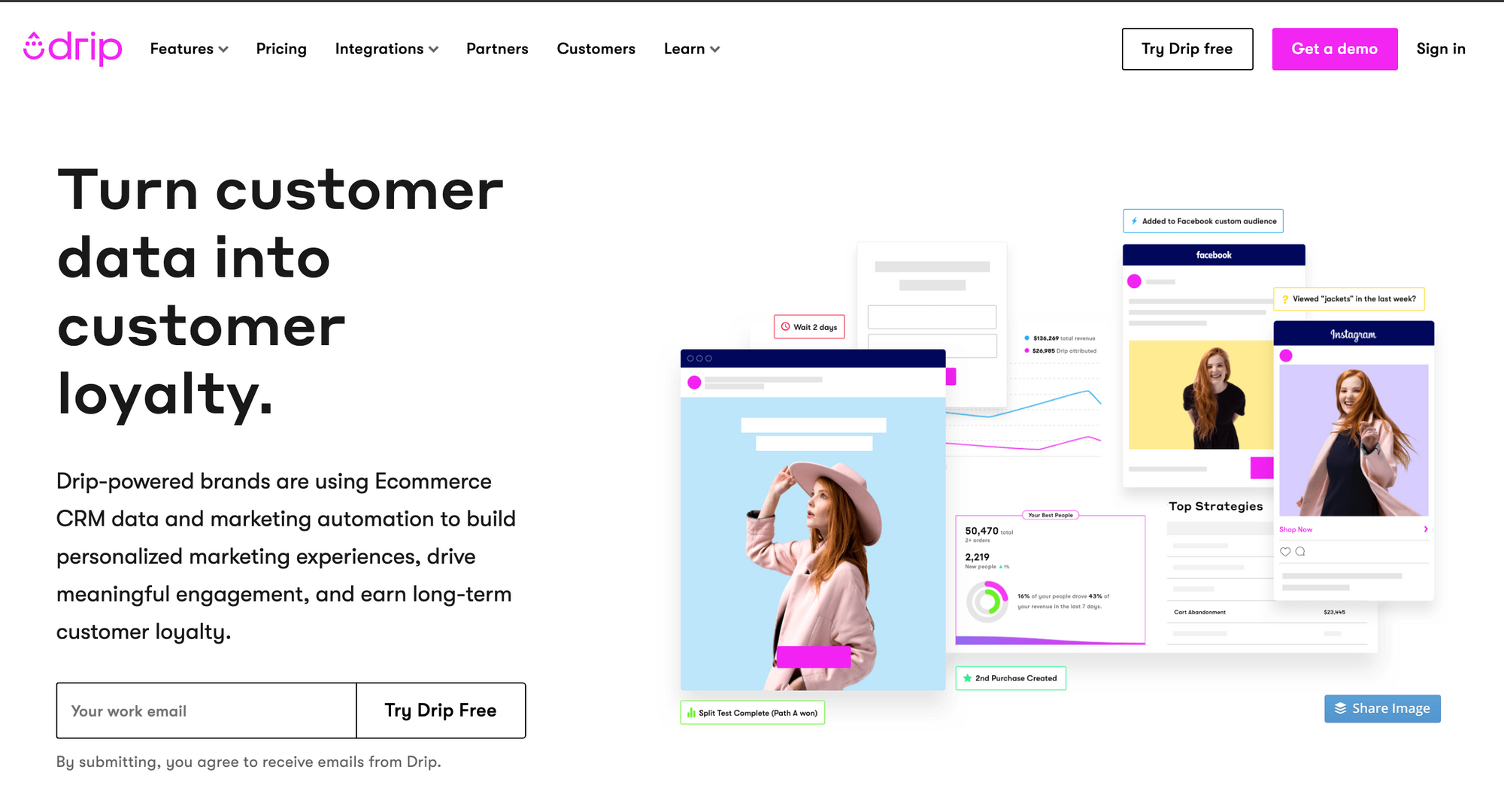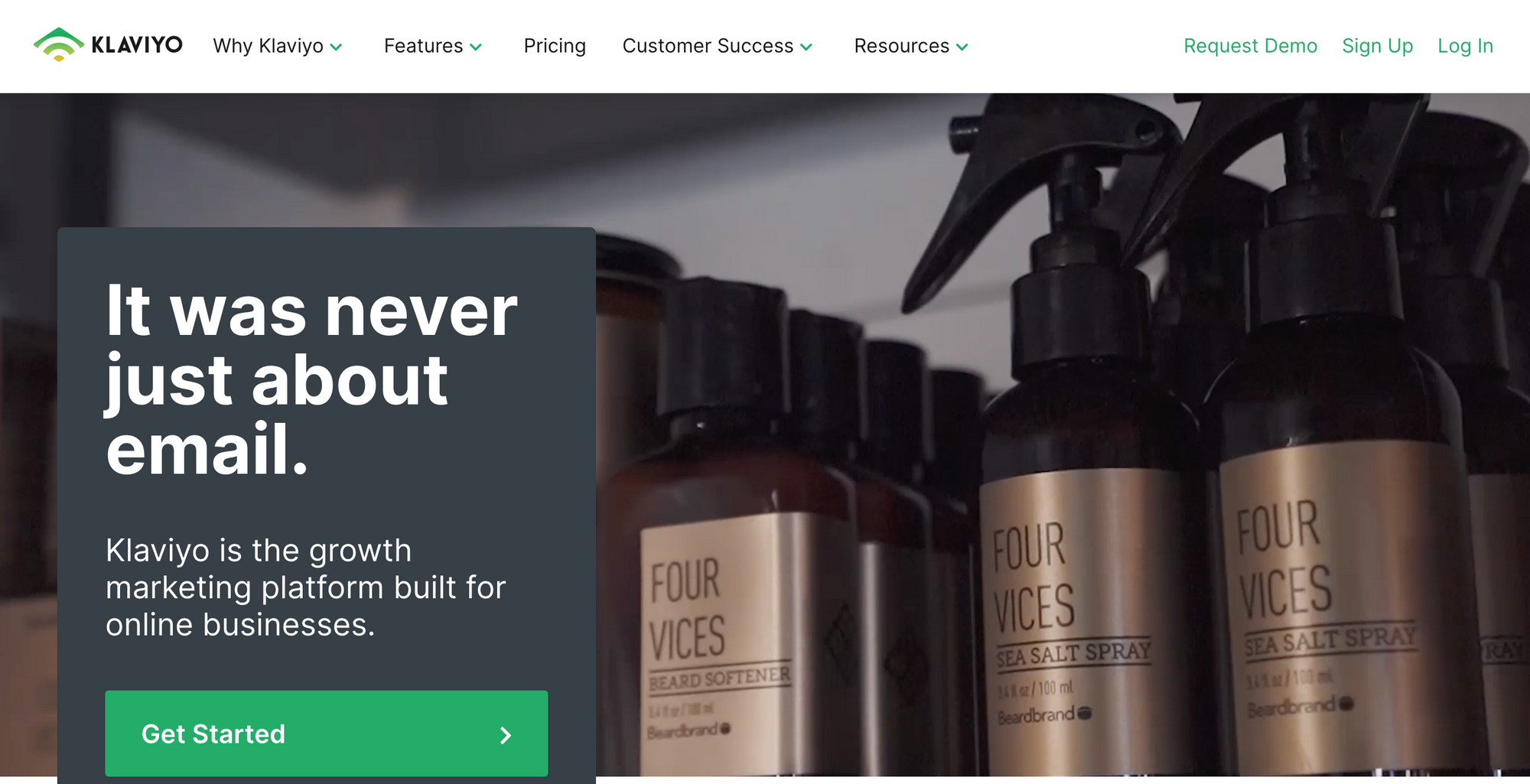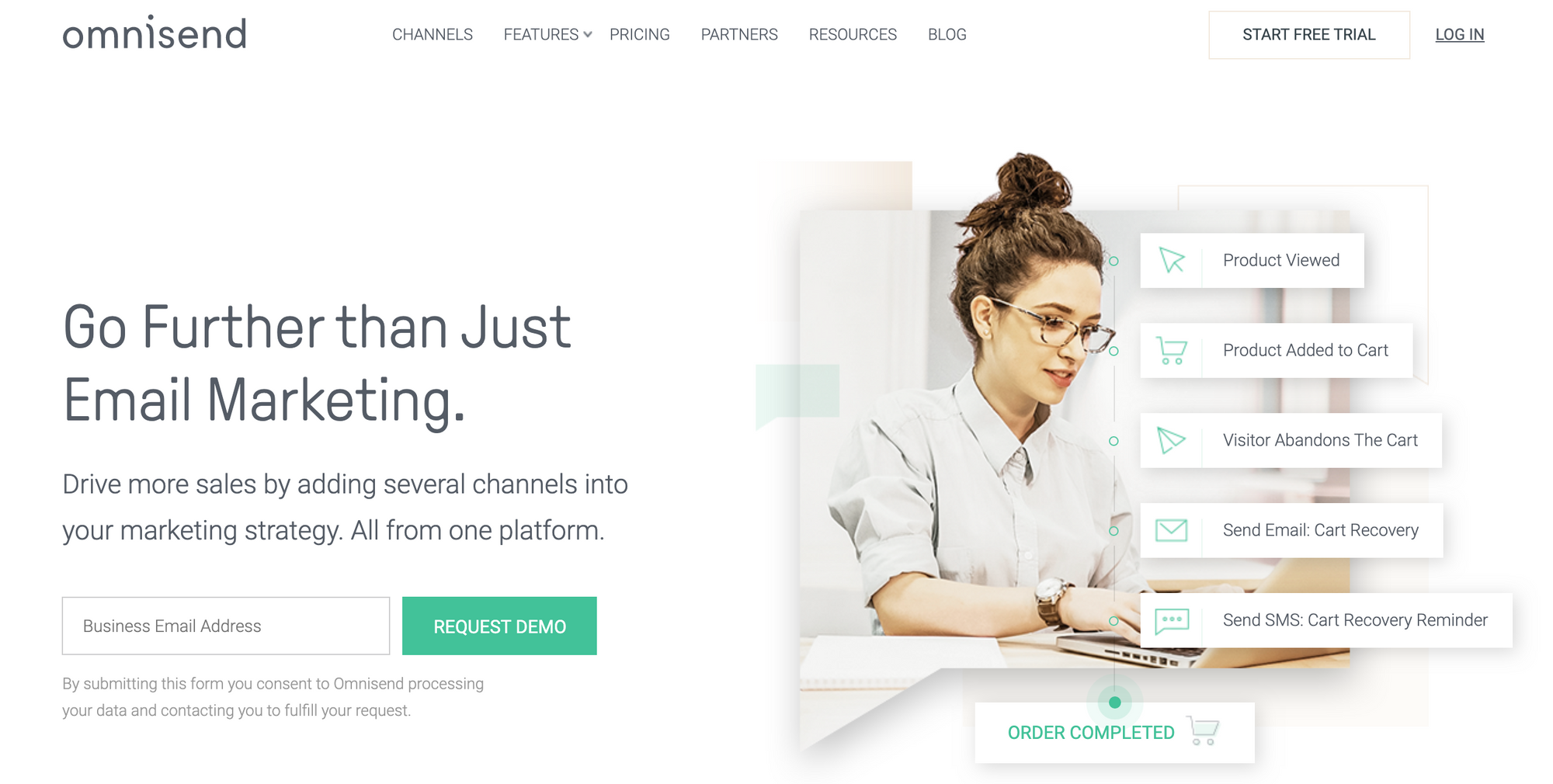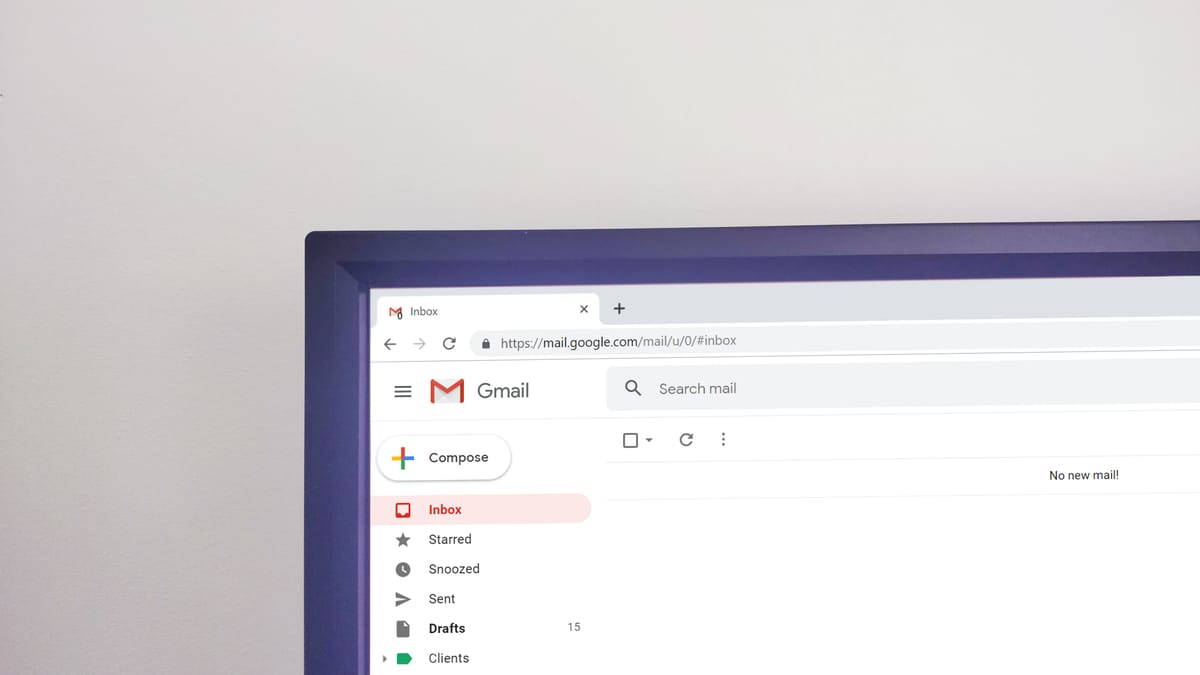Over the years, the awareness and usage of digital marketing, in general, has increased with social media marketing being chief. You would agree with me about the amount of noise on social media.
Potential and current customers have to navigate through a series of social media posts from their friends on social media, and ads from competitors before noticing your social post to your customers.
On the other hand, email marketing has proven to be one of the best customer acquisition channels. Globally, there are about 3.9 billion email users in 2020 according to Statista. This number is set to grow to 4.3 Billion by 2023. That is half the population of the world!
Tell me why email marketing is still an untapped digital marketing channel?
How To Use Email Marketing
To Promote your Products and Services.
You can promote your products and services using email campaigns to your existing customers and even potential ones. When you have an email list, you can send weekly deals of your products and services straight inside the inbox of your customers. Guess what, 49% of customers like to receive promotional emails weekly (Statista).
Build A Relationship With Customers
It is important to note the human aspects of all customers and touch on those aspects tactically with your email. Your email campaigns to your customers should be flexible. Use personalised subject lines, offer discounts and rewards to your customers and create a referral system so that they can feel part of your business growth. Send thank you emails after purchase as well. If you know your customers birthdays send them custom birthday emails. The goal is to put your customer happiness first. Let this shine through your emails.
Reach Potential Customers
One of the ways to reach potential customers is simply asking people who visit your site to sign up to your newsletter. In each newsletter, provide enough value for your customer by sharing tips and tricks from your blog, other resources on the internet which they might find interesting or sharing your business story. Once you have access to their emails, consistently provide value for them while nudging them gently to try your product or services.
How To Build An Email List

Ask On Your Website
The answer is always no until you ask. If you want to build an email list, all you have to do is to ask people to subscribe to your email newsletter. Integrate with an email marketing tool, create a section on your website where your visitors can see the sign-up form and invite them to sign up. Also, use pop-ups to remind your site visitors when they are scrolling through the site to sign up. Set reminders everywhere.
Social Media
Talk about the exclusive deals you share with your email subscribers on social media and provide a link for them to subscribe. Alternatively, you can host giveaways which involve participants entering their email addresses to partake.
Build A Blog
Start a business blog and publish consistently. At the end of each blog post, give a call-to-action which urges them to subscribe to your email newsletter for more content.
Encourage Subscribers to Share and Forward Your Emails
For those already on your email list, you can provide a section at the top or bottom of each email you send, asking them to forward and share them with their friends. If they find your emails relevant, they are likely to share them.
Collect Email Addresses at Offline Events/Store
Whenever you host an event, attend trade shows or exhibition, make it a point to provide a form where people can write their names and email addresses. If you have a physical store, have a regular form where visitors and customers can leave their emails.
Give a Free Tool
Create a tool, eBook, guide or template concerning your business and share with your site visitors for free. If you run a bridal business, create a DIY checklist for brides to help them plan their weddings in exchange for their email address. If you run a fashion store, create a simple style kit on how to style your latest collection based on the season. Develop creative and practical ways of providing valuable content to your clients in exchange for their emails.
EMAIL MARKETING TOOLS TO USE
A good email tool for an eCommerce business must have the following features:
- Segmentation
- Full Marketing Automation
- Available drag-and-drop templates
- Report and analytics
- Support and integration
Mailchimp
Mailchimp is the go-to for email marketing. Mailchimp integrates with eCommerce platforms like Shopify, Woocommerce, Magento, Bigcommerce, Prestashop, Drupal and Ubercart, and others like Canva, Eventbrite, Zapier, Square, Typeform and Xero. In short, you can seamlessly integrate Mailchimp to over 300 apps which may be relevant to your eCommerce business.

Mailchimp offers a free plan for up to 2000 audiences and paid plans starting from $9.99 to $299.
With Mailchimp, you can build a campaign in minutes, find in-depth analytics of campaigns, build brand loyalty with customers, use email templates with drag-and-drop feature and simply grow your business.
As we look at other email marketing tools, you will find out how these email tools use Mailchimp as the standard.
Drip
Integrate Drip with Shopify, Woocommerce and Magento. Drip gives a 14-day trial and then charges you $49 a month for up to 2000 subscribers. The pricing increases with more subscribers. Drip gives an optimisation tool, engagement tool, customer data tools and personalisation tools to make your eCommerce email marketing successful.

Unlike Mailchimp, Drip gives you the ability to seamlessly add customers to custom audiences automatically, get a deeper variety of automation like rules and workflows, triggers and actions and a better understanding to the customer journey and lifetime value.
SendInBlue
Automate campaigns and track conversions in real-time with SendInBlue.

SendInBlue brags of being the best when it comes to bulk email campaigns based on pricing, in comparison to Mailchimp. It also promises of a better deal even on the free plan as compared to Mailchimp due to features like unlimited contact storage, advance segmentation, transactional emails, 70+ email templates, A/B Email Subject Lines testing and others.
It is free for unlimited contact and 300 emails a day. The paid plans start at $25 per month for 40,000 emails per month to $69 for 120,000 monthly emails.
Klaviyo
Klaviyo says over 6000 clients switched to their tool from Mailchimp experienced a 46% increase in total revenue after that. Built specifically for eCommerce stores, it is intuitive and integrates with popular eCommerce platforms like Shopify, Bigcommerce, Woocommerce and Magento.

Klaviyo promises to help you target abandon cart emails based on cart value and recipient history with your store. According to reviews, it’s like the Mailchimp for eCommerce on Steroids.
Start with 250 contacts and 500 email sends for free and upgrade to a minimum of $20 minimum for 500 contacts, unlimited email sends or even higher paid plans as your subscribers grow.
Omnisend
Omnisend offers more visual and robust automation including channels other than email, ultra personalised campaigns and sophisticated targeting. It is designed specifically for eCommerce businesses. Get a free plan of 15000 emails per month or upgrade to enjoy more features.

Its features include automation, audience, campaign, forms and reports. Omnichannel also boasts of over 2000 Mailchimp migration over the last two years.
Now, you can start an email marketing plan for your eCommerce business, build your email list and select your preferred tool to grow your business. Remember that email marketing for an eCommerce business is necessary and helps you increase your sales. Most importantly, the average expected return on investment is $42 for every $1 you spend on email marketing.








